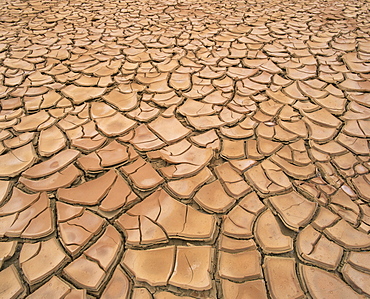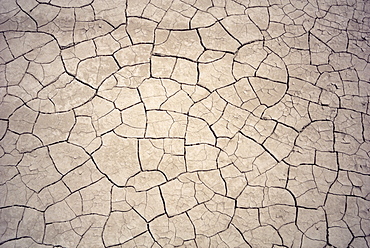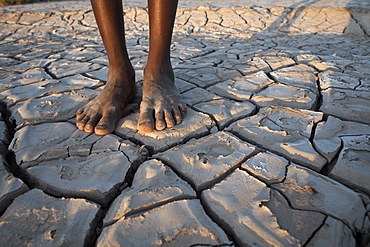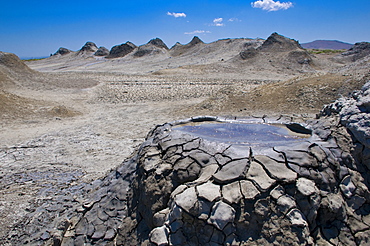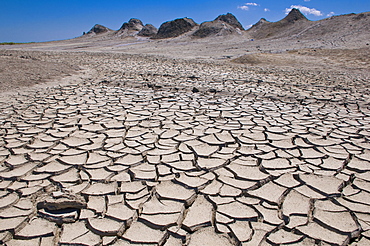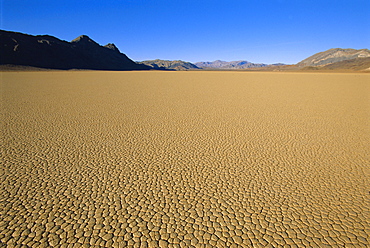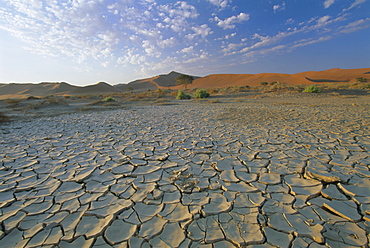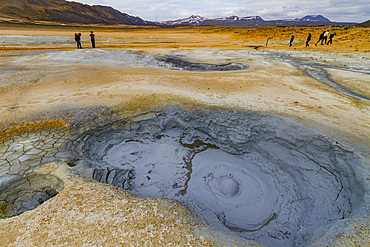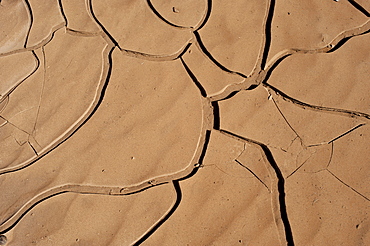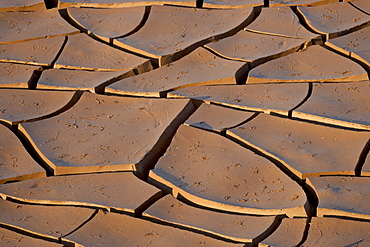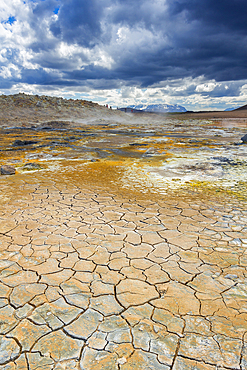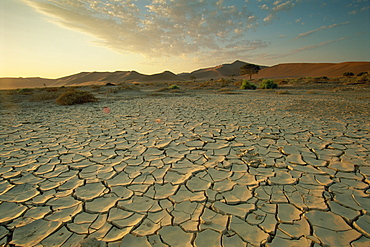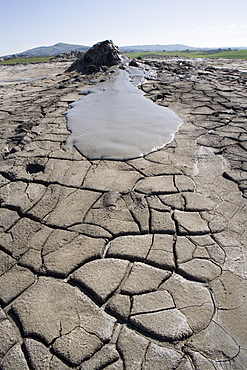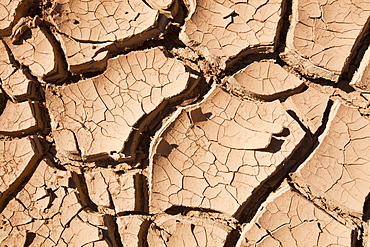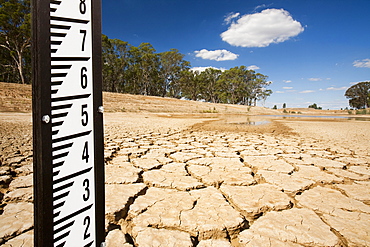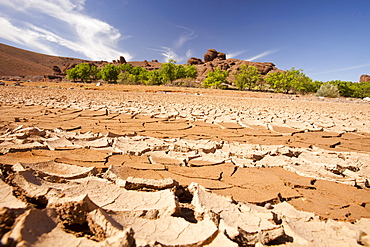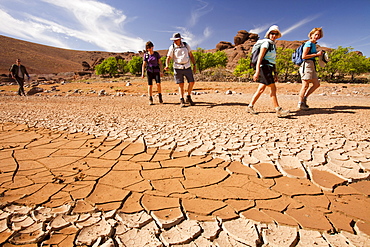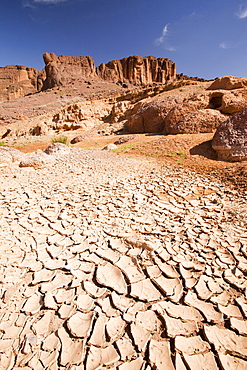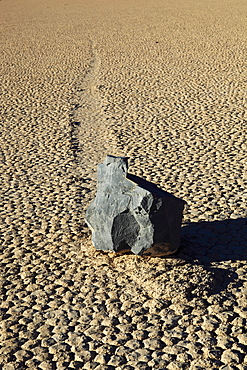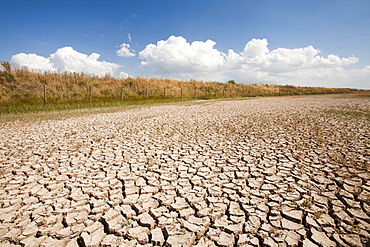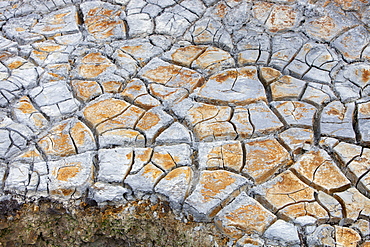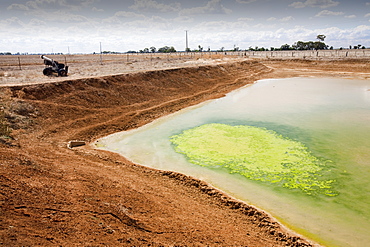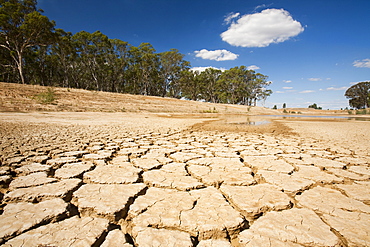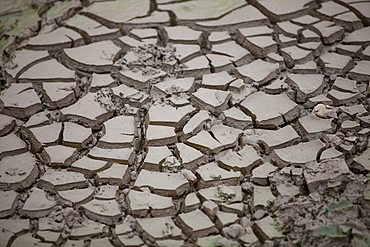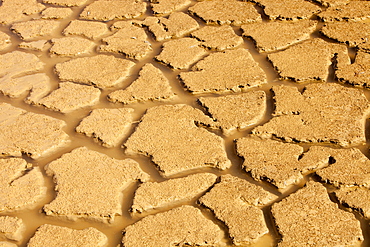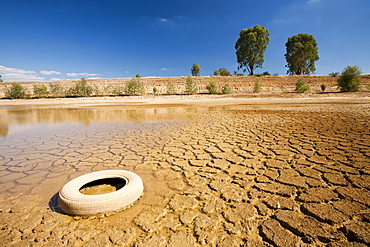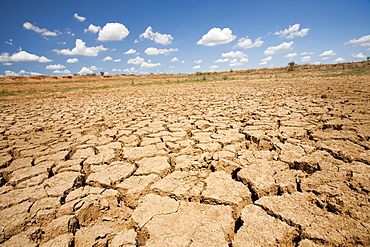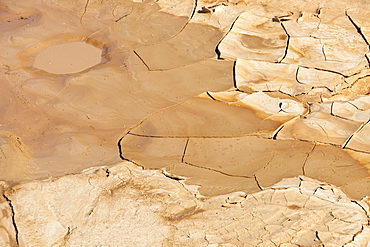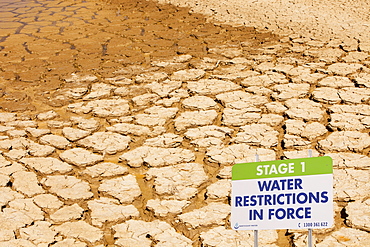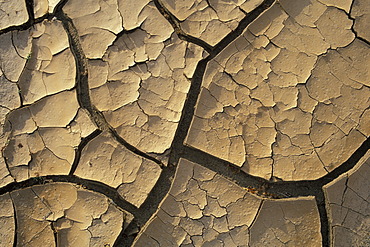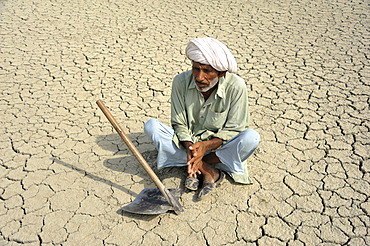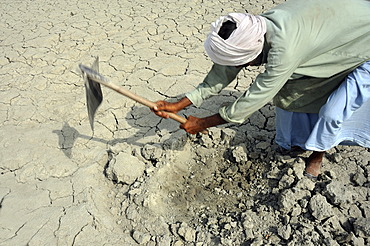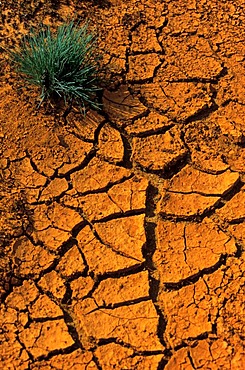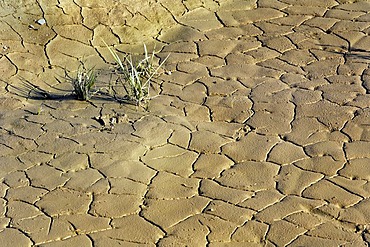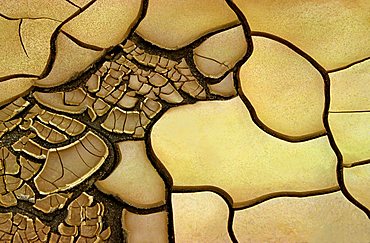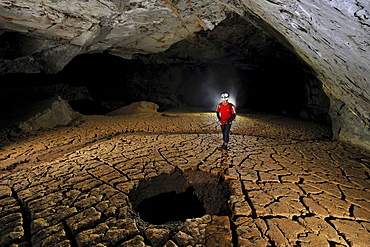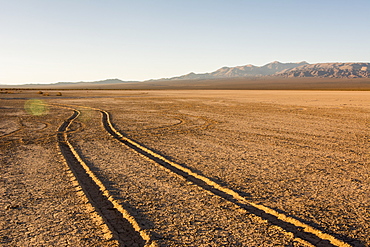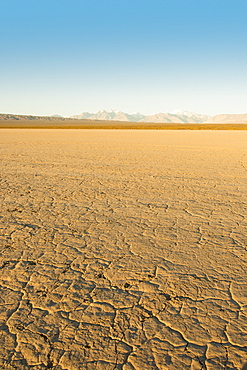Results
10 results found
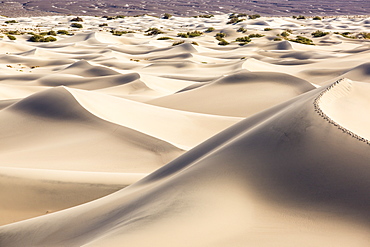
The Mesquite flat sand dunes in Death Valley which is the lowest, hottest, driest place in the USA, with an average annual rainfall of around 2 inches, some years it does not receive any rain at all.
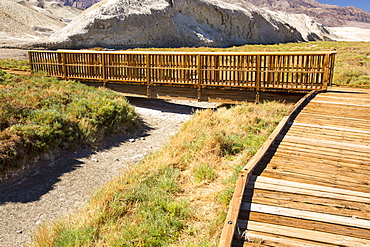
A dried up creek that when it contains water, supports Pup fish, a highly adapted fish that can tolerate high levels of salt. Death Valley is the lowest, hottest, driest place in the USA, with an average annual rainfall of around 2 inches, some years it does not receive any rain at all.
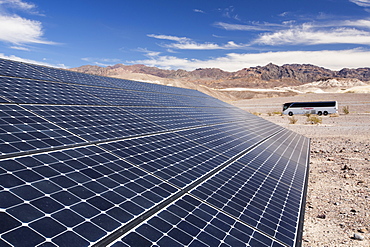
Solar panels at the Furnace Creek Visitor Centre in Death Valley. Death Valley is the lowest, hottest, driest place in the USA, with an average annual rainfall of around 2 inches, some years it does not receive any rain at all.
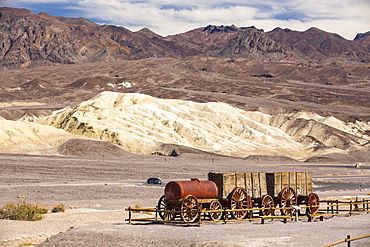
An old wagon train at the Harmony Borax works in Death Valley which is the lowest, hottest, driest place in the USA, with an average annual rainfall of around 2 inches, some years it does not receive any rain at all.
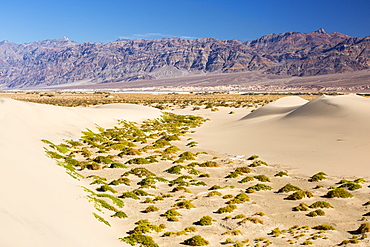
The Mesquite flat sand dunes in Death Valley which is the lowest, hottest, driest place in the USA, with an average annual rainfall of around 2 inches, some years it does not receive any rain at all.
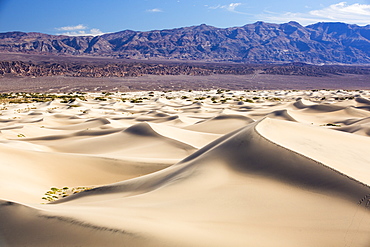
The Mesquite flat sand dunes in Death Valley which is the lowest, hottest, driest place in the USA, with an average annual rainfall of around 2 inches, some years it does not receive any rain at all.
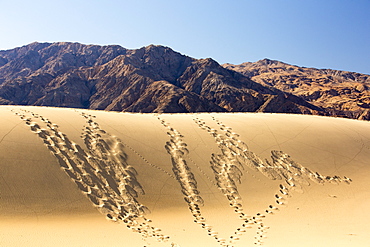
Footprints and lizard tracks on the Mesquite flat sand dunes in Death Valley which is the lowest, hottest, driest place in the USA, with an average annual rainfall of around 2 inches, some years it does not receive any rain at all.
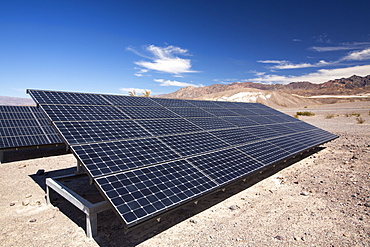
Solar panels at the Furnace Creek Visitor Centre in Death Valley. Death Valley is the lowest, hottest, driest place in the USA, with an average annual rainfall of around 2 inches, some years it does not receive any rain at all.
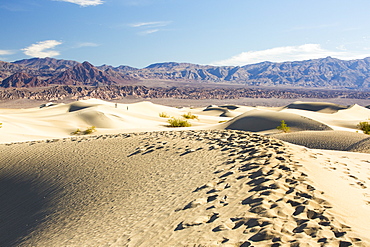
The Mesquite flat sand dunes in Death Valley which is the lowest, hottest, driest place in the USA, with an average annual rainfall of around 2 inches, some years it does not receive any rain at all.
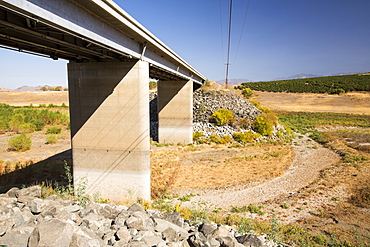
Lake Success near Porterville, Bakersfield is at 7% capacity. Ten years ago the water was so high you couldnt get a boat under the bridge. Bakersfield is now the driest city in the USA. Most of California is in exceptional drought, the highest level of drought classification. 428,000 acres of agricultural land have been taken out of production due to lack of water, thousands of agricultural workers have lost their jobs and one third of all children in California go to bed hungry.
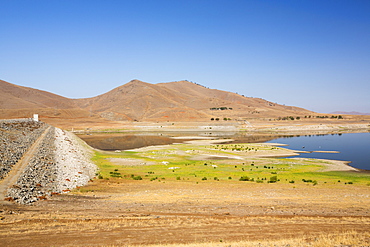
Lake Success near Porterville, Bakersfield is at 7% capacity. Bakersfield is now the driest city in the USA. Most of California is in exceptional drought, the highest level of drought classification. 428,000 acres of agricultural land have been taken out of production due to lack of water, thousands of agricultural workers have lost their jobs and one third of all children in California go to bed hungry.
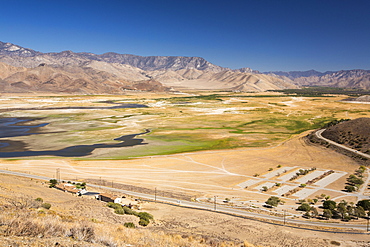
Lake Isabella near Bakersfield, East of California's Central valley is at less than 13% capacity following the four year long devastating drought. The reservoir has dropped so low, that the water level is below the outflow pipe.
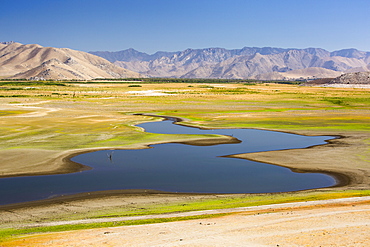
Lake Isabella near Bakersfield, East of California's Central valley is at less than 13% capacity following the four year long devastating drought. The reservoir has dropped so low, that the water level is below the outflow pipe.
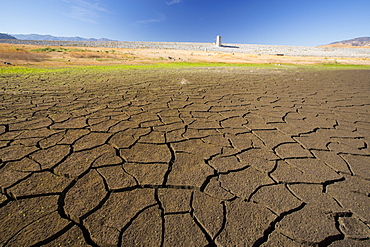
Lake Isabella near Bakersfield, East of California's Central valley is at less than 13% capacity following the four year long devastating drought. The reservoir has dropped so low, that the water level is below the outflow pipe.
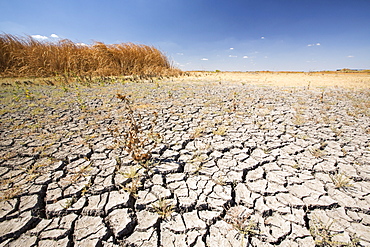
The Kern Valley Wildlife Refuge in California's Central Valley was created as important resting and feeding grounds for wildfowl migrating along the pacific flyway. After four years of unprecedented drought, the water shortages in California are critical. The reserve has received only 40% of its usual warer, with the result that most of the lake beds are dried up and dessicated, leaving the birds nowhere to go.
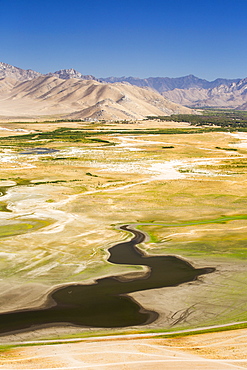
Lake Isabella near Bakersfield, East of California's Central valley is at less than 13% capacity following the four year long devastating drought. The reservoir has dropped so low, that the water level is below the outflow pipe.
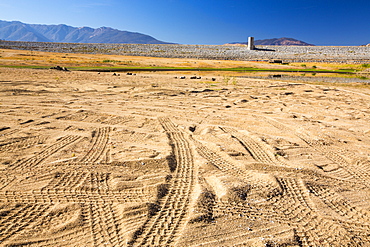
Lake Isabella near Bakersfield, East of California's Central valley is at less than 13% capacity following the four year long devastating drought. The reservoir has dropped so low, that the water level is below the outflow pipe.

Lake Isabella near Bakersfield, East of California's Central valley is at less than 13% capacity following the four year long devastating drought. The reservoir has dropped so low, that the water level is below the outflow pipe, shown here.
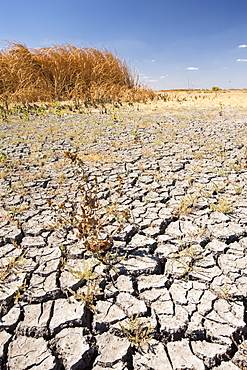
The Kern Valley Wildlife Refuge in California's Central Valley was created as important resting and feeding grounds for wildfowl migrating along the pacific flyway. After four years of unprecedented drought, the water shortages in California are critical. The reserve has received only 40% of its usual warer, with the result that most of the lake beds are dried up and dessicated, leaving the birds nowhere to go.

Lake Isabella near Bakersfield, East of California's Central valley is at less than 13% capacity following the four year long devastating drought. The reservoir has dropped so low, that the water level is below the outflow pipe. This shot shows the boat launching jetty, that has been taken as far down the ramp as possible, and is still nowhere near the water level.
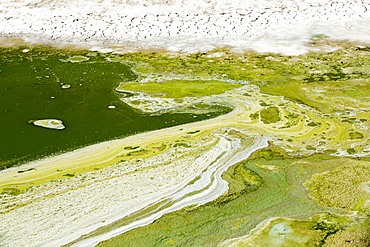
A dried up lake at Tehachapi Pass, California, USA. California is in the midst of a four year long drought.
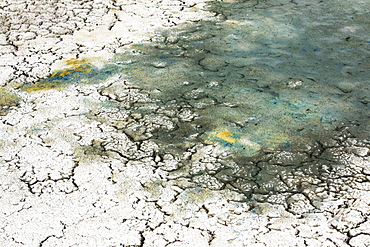
A dried up lake at Tehachapi Pass, California, USA. California is in the midst of a four year long drought.
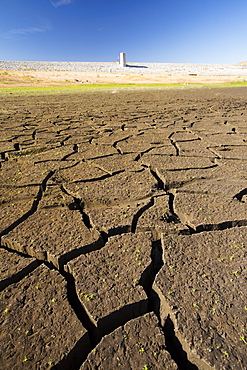
Lake Isabella near Bakersfield, East of California's Central valley is at less than 13% capacity following the four year long devastating drought. The reservoir has dropped so low, that the water level is below the outflow pipe.
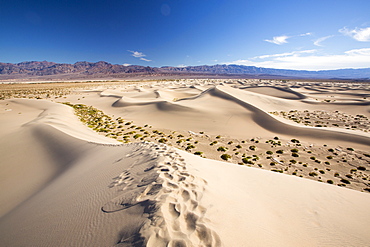
The Mesquite flat sand dunes in Death Valley which is the lowest, hottest, driest place in the USA, with an average annual rainfall of around 2 inches, some years it does not receive any rain at all.
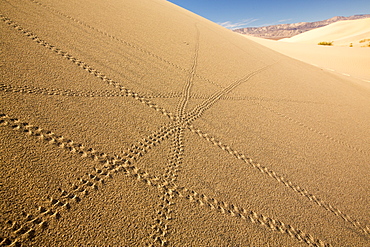
Lizard trails on the Mesquite flat sand dunes in Death Valley which is the lowest, hottest, driest place in the USA, with an average annual rainfall of around 2 inches, some years it does not receive any rain at all.
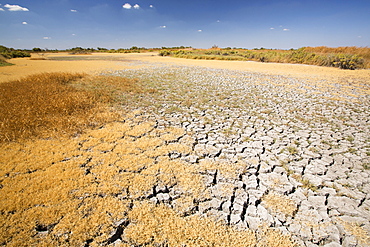
The Kern Valley Wildlife Refuge in California's Central Valley was created as important resting and feeding grounds for wildfowl migrating along the pacific flyway. After four years of unprecedented drought, the water shortages in California are critical. The reserve has received only 40% of its usual warer, with the result that most of the lake beds are dried up and dessicated, leaving the birds nowhere to go.
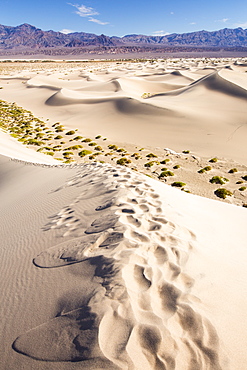
The Mesquite flat sand dunes in Death Valley which is the lowest, hottest, driest place in the USA, with an average annual rainfall of around 2 inches, some years it does not receive any rain at all.
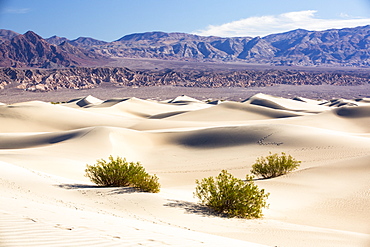
The Mesquite flat sand dunes in Death Valley which is the lowest, hottest, driest place in the USA, with an average annual rainfall of around 2 inches, some years it does not receive any rain at all.
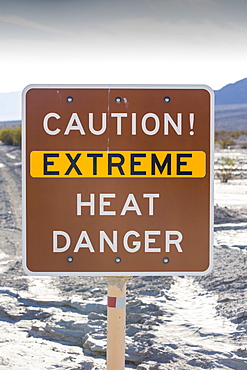
An extreme heat danger sign in Death Valley which is the lowest, hottest, driest place in the USA, with an average annual rainfall of around 2 inches, some years it does not receive any rain at all.
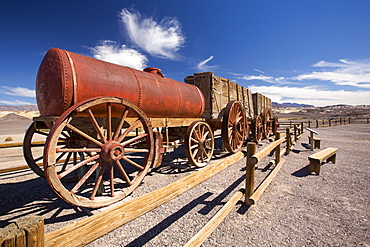
An old wagon train at the Harmony Borax works in Death Valley which is the lowest, hottest, driest place in the USA, with an average annual rainfall of around 2 inches, some years it does not receive any rain at all.
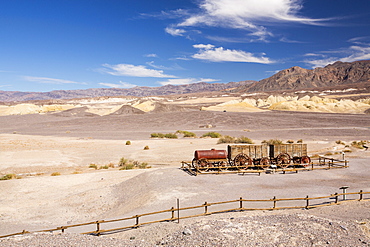
An old wagon train at the Harmony Borax works in Death Valley which is the lowest, hottest, driest place in the USA, with an average annual rainfall of around 2 inches, some years it does not receive any rain at all.
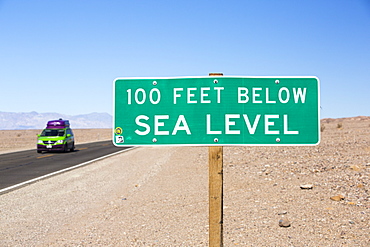
A sign at 100 feet below sea level in Death Valley which is the lowest, hottest, driest place in the USA, with an average annual rainfall of around 2 inches, some years it does not receive any rain at all.
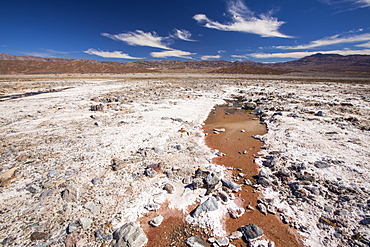
Saline creeks in Death Valley which is the lowest, hottest, driest place in the USA, with an average annual rainfall of around 2 inches, some years it does not receive any rain at all.
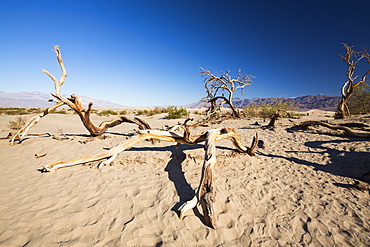
Death Valley is the lowest, hottest, driest place in the USA, with an average annual rainfall of around 2 inches, some years it does not receive any rain at all.
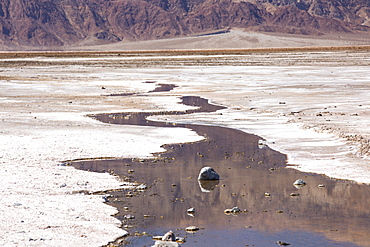
Saline creeks in Death Valley which is the lowest, hottest, driest place in the USA, with an average annual rainfall of around 2 inches, some years it does not receive any rain at all.
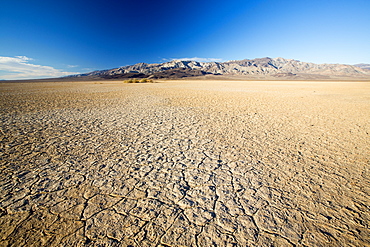
Death Valley is the lowest, hottest, driest place in the USA, with an average annual rainfall of around 2 inches, some years it does not receive any rain at all.
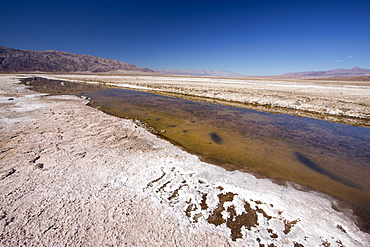
Saline creeks in Death Valley which is the lowest, hottest, driest place in the USA, with an average annual rainfall of around 2 inches, some years it does not receive any rain at all.
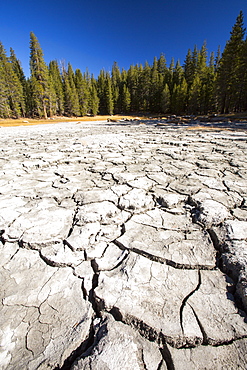
A drought impacted lake in Yosemite National Park, California, USA. Most of Califoprnia is in exceptional drought, the highest classification of drought.
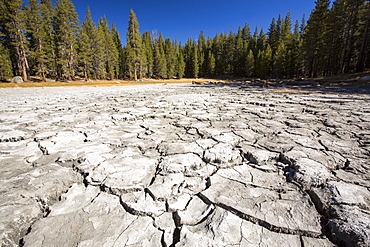
A drought impacted lake in Yosemite National Park, California, USA. Most of Califoprnia is in exceptional drought, the highest classification of drought.
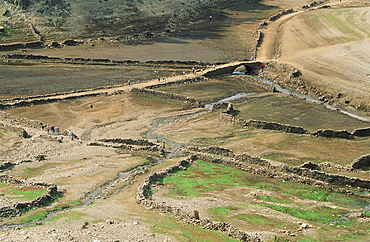
Drought at Haweswater reservoir revealing the old drowned village of Mardale, Lake District, Cumbria, England, United Kingdom, Europe
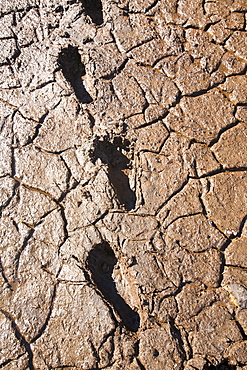
Footprints in the mud at Thirlmere reservoir during a hosepipe ban in effect in the North West, Lake District, Cumbria, England, United Kingdom, Europe

Thirlmere reservoir during a hosepipe ban in effect in the North West, Lake District, Cumbria, England, United Kingdom, Europe

Thirlmere reservoir the day before a hosepipe ban came into effect in the North West, Lake District, Cumbria, England, United Kingdom, Europe
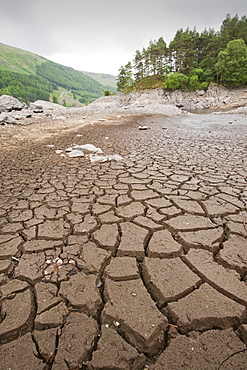
Thirlmere reservoir the day before a hosepipe ban came into effect in the North West, Lake District, Cumbria, England, United Kingdom, Europe
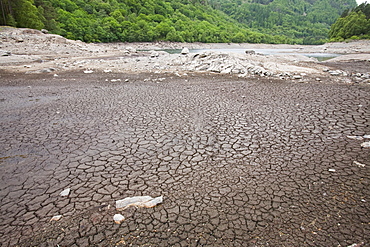
Thirlmere reservoir the day before a hosepipe ban came into effect in the North West, Lake District, Cumbria, England, United Kingdom, Europe
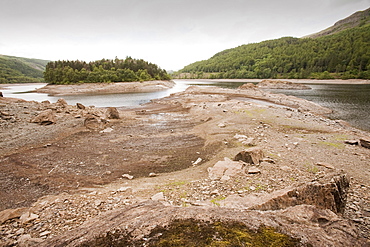
Thirlmere reservoir the day before a hosepipe ban came into effect in the North West, Lake District, Cumbria, England, United Kingdom, Europe
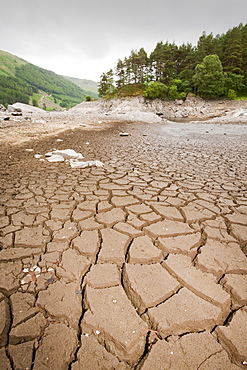
Thirlmere reservoir the day before a hosepipe ban came into effect in the North West, Lake District, Cumbria, England, United Kingdom, Europe
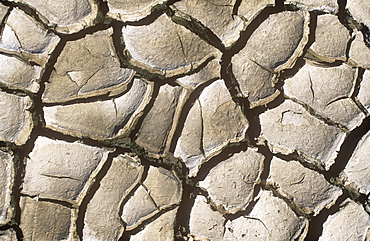
Mud cracks appearing at Haweswater reservoir during a drought, Cumbria, England, United Kingdom, Europe

Footprints in the mud at Thirlmere reservoir during a hosepipe ban in effect in the North West, Lake District, Cumbria, England, United Kingdom, Europe
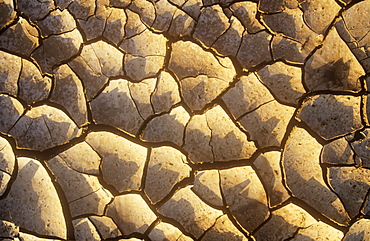
Mud cracks appearing at Haweswater reservoir during a drought, Cumbria, England, United Kingdom, Europe
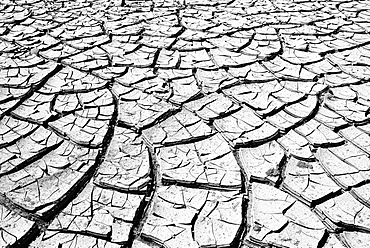
Cracked mud in a dried up water hole, Painted Desert, Hopi Reservation, Navajo Nation Reservation, Arizona, Southwest, United States of America, USA, North America
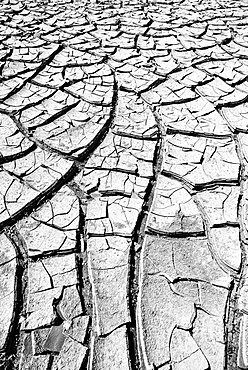
Cracked mud in a dried up water hole, Painted Desert, Hopi Reservation, Navajo Nation Reservation, Arizona, Southwest, United States of America, USA, North America
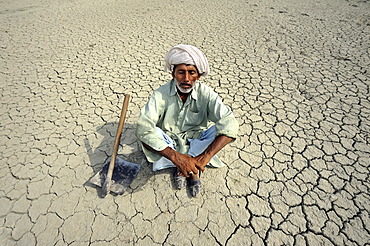
Farmer with closed eyes sitting on dried loamy soil, dreaming, Basti Lehar Walla village, Punjab, Pakistan, Asia
